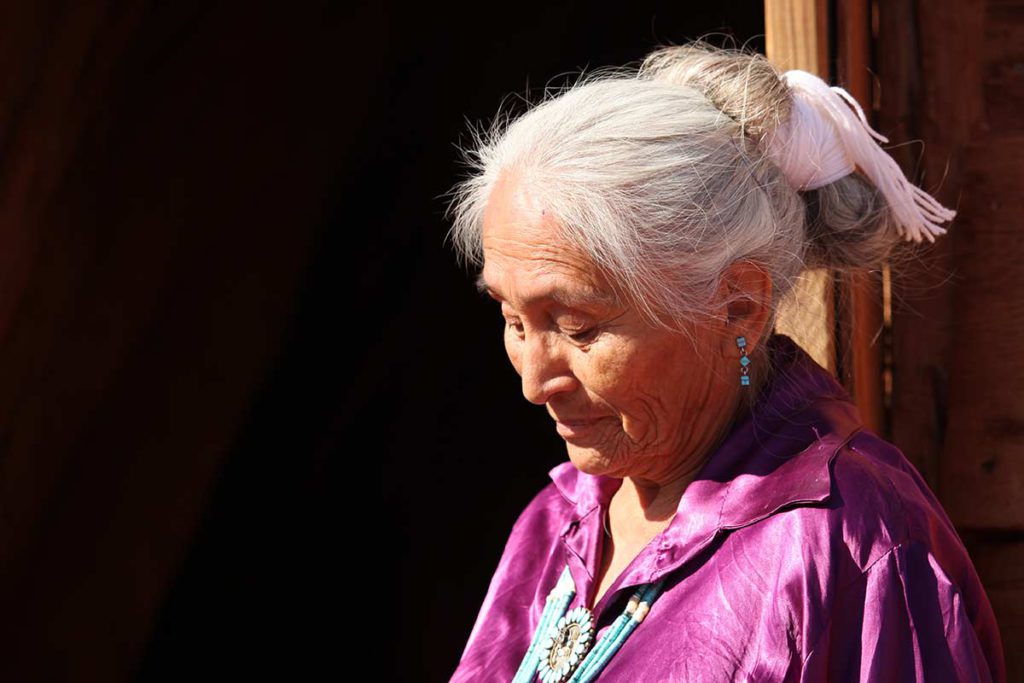Indigenous communities are at high risk of substance use disorder due to a variety of reasons. The outreach to indigenous populations is often poor in quality, and many indigenous youths do not get exposure to the available substance use disorder treatment. Many indigenous communities are denied the basic technology that others rely on heavily for information and education. Thus, substance use disorder in indigenous communities is often not addressed adequately. This leads many to begin misusing substances at a young age, and without any guidance about how to avoid or recover from drug or alcohol misuse, many develop an addiction. Developing drug and alcohol intervention programs for indigenous communities would improve the overall health and wellness of not just those struggling with dependency but all of those who care for and interact with them.
Alcohol Misuse Leading to Other Substance Misuse
Indigenous communities see a higher prevalence of alcohol misuse among teens when compared to communities of Caucasian youth in the United States. Indigenous communities show alcohol misuse among teenage boys grades 9-12 at 49% and girls the same age at 35.7%. For non-indigenous communities, the rate of alcohol misuse was 38.6% for males and 21.9% for females. Regarding marijuana misuse, the rates for indigenous communities were higher than those in non-Indigenous communities at comparable rates. Early alcohol misuse can lead to several issues, including:
- Turning to more powerful drugs because of a lack of understanding
- Difficulty in early adulthood trying to work or go to school
- Poor interpersonal relationships because of the addiction
- Trouble recognizing the issues of addiction because of limited education and resources
Early intervention is essential to a positive outcome when it comes to teenagers and substance use disorder. Indigenous populations must develop a more comprehensive strategy to address inequities in the delivery of valuable resources. For populations at risk of substance use disorder, we need to provide substance use disorder treatment that is accessible.
Substance Use Disorder Treatment for Addiction
Although indigenous communities struggle with addiction treatment resources, there are opportunities for treatment once you identify an addiction exists. A lack of understanding plays a big role in addiction throughout the indigenous community, and many become addicted to substances because of this. In areas of substantial poverty, the use of substances grows. Indigenous communities experience poverty at higher levels than others, and it’s important to deal with these inequalities to begin dealing with systemic substance use disorder. Studies have shown that when substance use disorder programs are designed alongside indigenous groups there are significant benefits.
The Addiction Treatment Process
Addiction treatment begins with time in a detox facility. For people addicted to alcohol, detox is an important component of recovery. Detox allows you to go through the withdrawal process with the right support in place. If you are an indigenous community member, you can still find substance use disorder treatment in the United States. To locate treatment, you can:
- Contact area detox facilities to see what is available
- Look for a national helpline to find substance use disorder treatment
- Speak to your doctor about finding substance use disorder treatment
- Do your research online to find the right program
Once you complete detox, you can move on to a short-term rehab program for addiction. After you determine that you need help for an addiction, look into finding a program that is right for you. Heal your life when you take control of your addiction.
Find Substance Use Disorder Treatment Today
Substance use disorder in indigenous communities continues to spread, so it’s important to reach out for help when you need it. Even though indigenous populations are at a greater risk of substance use disorder due to a lack of resources, poverty, and education, there is support available. When you know that you have a problem with addiction but aren’t sure what to do, calling for help is a good first step. You can find the support you need with the Treatment Connection website.
DISCLAIMER: THIS BLOG POST DOES NOT PROVIDE MEDICAL ADVICE
The information, including but not limited to, text, graphics, images, and other material (collectively, “Information”) contained on this blog post are for informational purposes only. None of the Information is intended to be a substitute for professional medical advice, diagnosis, or treatment. Always seek the advice of your physician or other qualified health care provider with any questions you may have regarding a medical condition or treatment and before undertaking a new health care regimen, and never disregard professional medical advice or delay in seeking it because of something you have read on this blog post.
